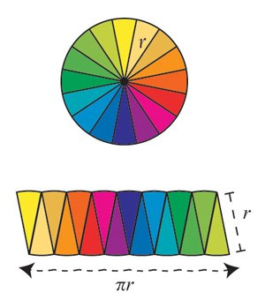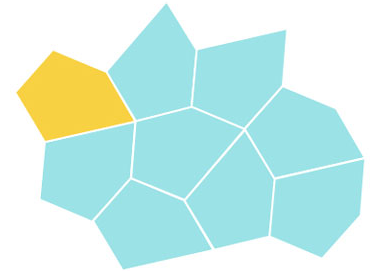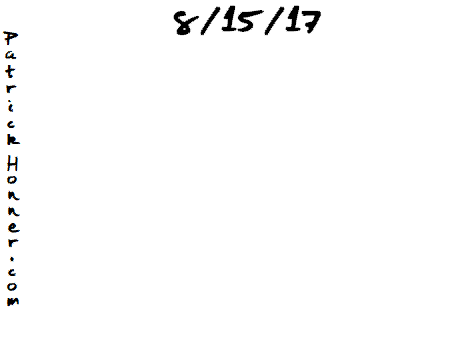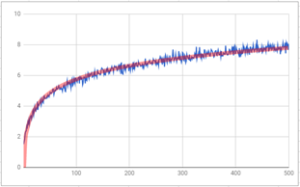 “Cherry pie is delicious!” Nick said, with a big smile. “Apple pies are, too.” He was explaining his trick for remembering the formulas for the circumference and area of a circle. A bunch of his classmates nodded along, many who attended the same middle school as Nick. I didn’t quite get it.
“Cherry pie is delicious!” Nick said, with a big smile. “Apple pies are, too.” He was explaining his trick for remembering the formulas for the circumference and area of a circle. A bunch of his classmates nodded along, many who attended the same middle school as Nick. I didn’t quite get it.
Nick diagrammed it out for me.
“Cherry pie is delicious” –> –>
“Apples pies are, too” –> –>
Now, I don’t mind a good mnemonic now and then; I still sing the alphabet song, after all. But this struck me as extremely silly. These formulas get used all the time and they are deeply connected to many other important concepts. Relying on a memory trick creates a flimsy foundation for an important body of knowledge. I decided to show Nick just how flimsy.
The next day in class, I approached Nick. “You know, after thinking about it, I agree with you: apple pies are delicious.” He was pleased. But his smile quickly faded. He wrote something out in his notes. “Wait, that’s not right.”
“So apple pies are not delicious?” I asked.
“It’s ‘Cherry pie is delicious‘.” He showed me the formula.
“But apple pies are delicious, right?”
“Yeah, but that’s just not how it works.”
“This is kind of confusing”, I said. “Oh wait. Now I see. Apple pies are delicious too!” I wrote out , followed by
. “Perfect!”
“What?”
“See here,” I said. I wrote out . “You’re method works perfectly!”
Nick started scribbling more in his notebook. I quietly walked away.
Over the next few days I continued my demonstration. “Cherry pies are delicious, too!” I’d say. Or, “Apple pies are really, really delicious!” I might have even said something like “Some apple pies are to die for.”
My demonstration was successful. Maybe too successful. Nick got the area of circle wrong on the next test.
When I handed it back, he acknowledged my point with a combination of irritation and admiration. Nick never got the area of a circle wrong again. And we never had to talk about his Dear Aunt Sally again, either.
[No mathematical understanding was harmed in this story.]



